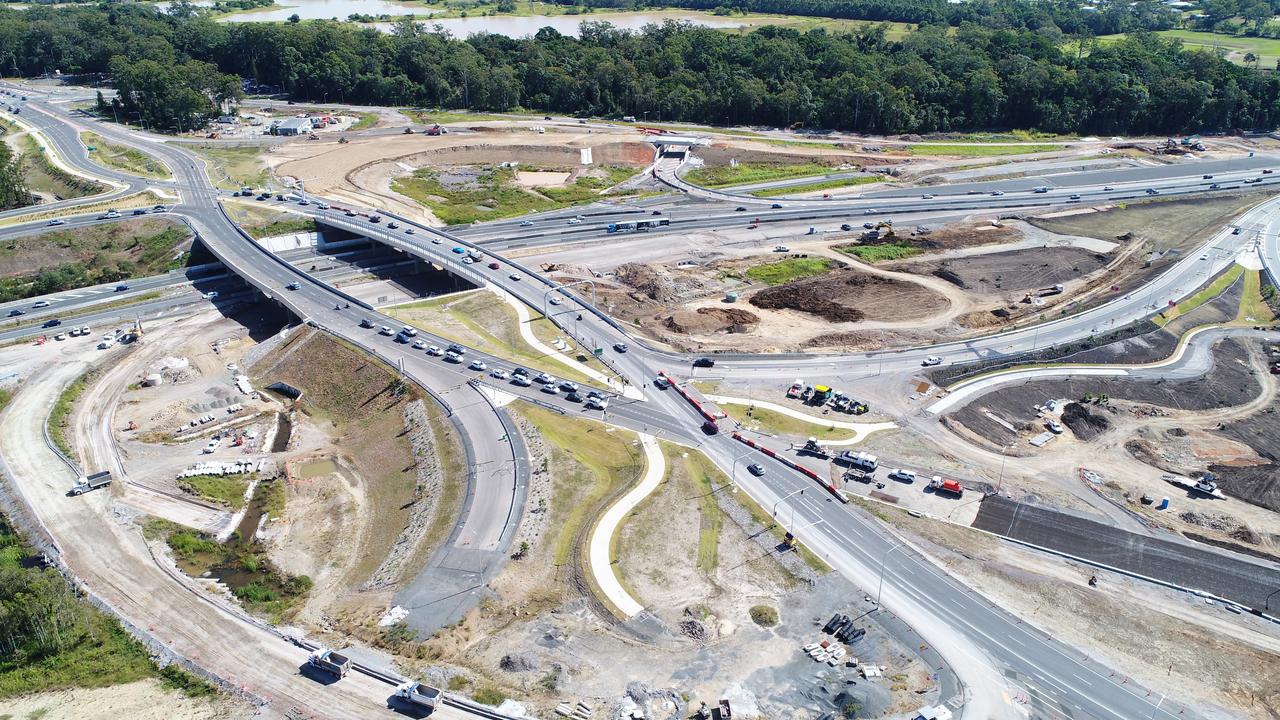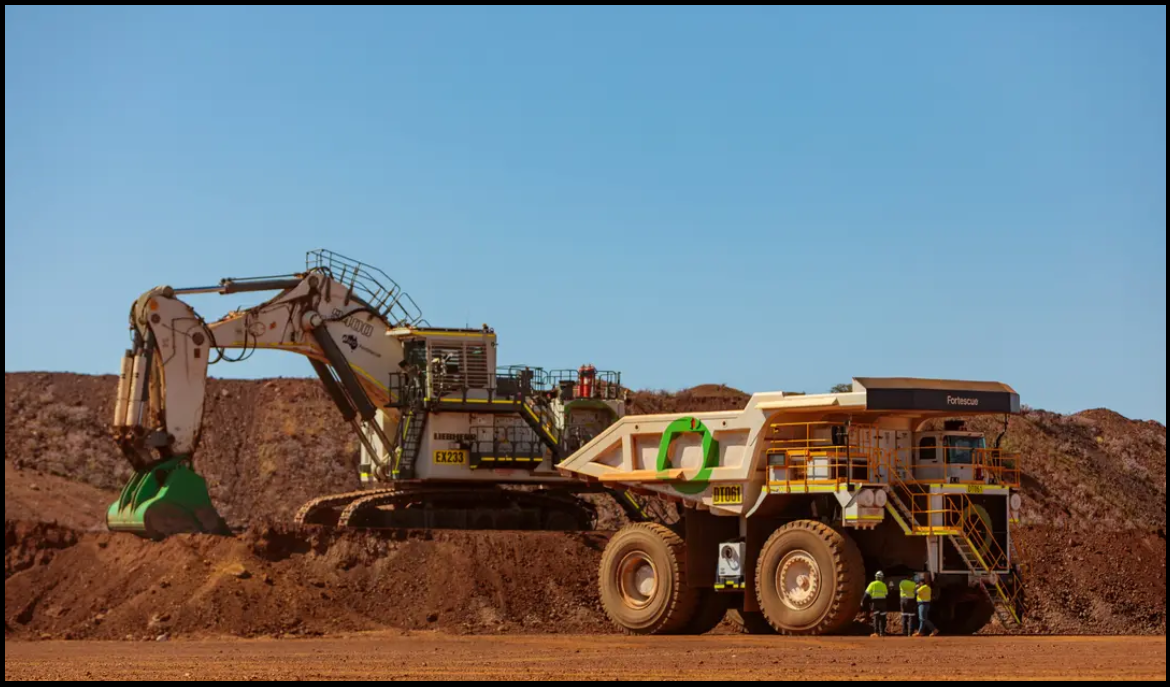
The Australian government is on-course to boost spending in infrastructure in 2021. The move comes as the government looks to embark on a robust response to the economic damage of the COVID-19 pandemic.
The impact of the pandemic has exacerbated the need for increased government spending. For instance, a 200% increase in migration from major cities to regional cities means that there is a rise in demand for utilities in regional cities. Unemployment has also been another major fallout of the pandemic. As of November 2020, Australia’s unemployment stood at 6.8%.
For the 2021 budget, the federal government set aside A$ 7.5bn to fast track infrastructure projects. The fund is part of a record 4-year that boosts infrastructure investments by 68%. State and territory governments have also committed to increasing their spend on infrastructure, with the total budget for 2021 averaging 26% more than last year’s budget.
Infrastructure spending will form a significant part of government spending as it works to stimulate the economy. The increased spending is expected to provide up to 30,000 direct and indirect jobs in 2021 per Prime Minister Scott Morrison.
Large projects that connect regions are expected to be a priority in the 2021 budget. As we take a look at some of the country’s on-going and yet-to-be-awarded projects, here is a list of five projects we expect to benefit from the boost in spending:
Hobart Science and Technology Precinct
As part of its plans to move its Faculty of Science and Engineering to Hobart’s CBD, the University of Tasmania has been building a A$400 million campus. The project, which began in 2018 is due to be completed in the first quarter of 2021.
The campus is projected to accommodate over 3000 students and 700 staff members. It is expected to increase the demand for undergraduate students and enable research. The precinct will also aid the urban regeneration of Hobart’s CBD.
Metronet (WA)
Metronet WA commenced in 2017 as a fulfilment of one of the McGowan administration’s policies. The A$1.84bn railway project, which is due to be completed in 2023, aims to extend the transport network in Perth. Some parts of the project are due to be completed in 2021, including the 8.5km Airport Line. The Airport line will have stations at Redport, High Wycombe, and Airport Central.
Gawler Rail Line Electrification
The upgrade of the Gawler Rail line is due to be completed by late 2021. The project which costs north of A$715 million was designed to provide more reliable rail service for the northern Adelaide community. The project is expected to deliver green, high-efficiency trains with better customer experience.
Melbourne to Brisbane Inland Rail
Also known as the Inland rail, this is definitely one of the projects to watch. After 129 years of proposals and debates over its necessity, the project was finally commissioned in 2018. When completed, it is going to be the longest freight rail project in Australia. The railway project will allow goods to be transported across the country in less than 24 hours, cutting down truck traffic and improving supply chains. The first stage of the A$10b project was opened in Q3 2020, and we can expect to see more funding flow towards it.
Bruce Highway Upgrade
The highway upgrade is the largest road infrastructure program in Queensland history, covering a length of 1677km. Bruce Highway, which runs between Cairns and Brisbane, has been undergoing upgrades since 2013 to improve safety and increase capacity. So far, over 300 projects have been completed across its length, with more being added regularly.
Upgrades on Cairns Southern Access Corridor, Haughton River, and Pink Lily Lagoon, Mackay Northern Access, Wide Bay Highway Intersection should all be completed before the end of 2021. The total cost for all upgrades scheduled for completion is around A$742 million.
M80 Upgrade
Also known as the Western Ring Road or the Metropolitan Ring Road, the M80 is one of Melbourne’s most important freeways. Its upgrade has been ongoing since 2009 and is scheduled to be completed in 2023. Most of the upgrade on the 38km route has been completed already. There is, however, still ongoing construction between Sydney road to Edgar road. New lanes are being added to the road in each direction, and a smart freeway lane management system is to be added to improve traffic flow management.
West Gate Tunnel
The 4km tunnel project in the heart of Melbourne is designed to ease traffic on the West Gate Bridge. The project includes four new lanes on the West Gate Freeway, twin tunnels, and a second river crossing over the Yarra River. The A$6 billion project has been on since 2014 and is scheduled for completion in 2023. However, more parts of it should be accessible to the public this year. In December 2020, a brand new pedestrian bridge that is a part of the project was opened to the community. Parts of the bridge, however, are yet to be accessible as safety equipment like handrails are still being installed.
Myalup-Wellington Water Project
The Myalup-Wellington water project is focused on improving water distribution efficiency and decreasing salinity in the Wellington dam and its surrounding areas. The increased salinity in the jam has affected the groundwater in the area which has, in turn, affected the yield of farmers in the Myalup Irrigated Agricultural precinct.
The A$390 project Is set to commence in 2021 and be completed by 2025. It has been marked as a high-priority project, partly due to the continued impact of the groundwater salinity on food production.
Conclusion
The uncertainty during the early days of the coronavirus pandemic led to a stalling of most infrastructure projects. However, with vaccines rolling out across the country, optimism is building up.
Increased government spending, coupled with private sector enthusiasm will drive multiple projects this year, As the country continues its journey to economic recovery, infrastructure spending will remain critical to its goals.













